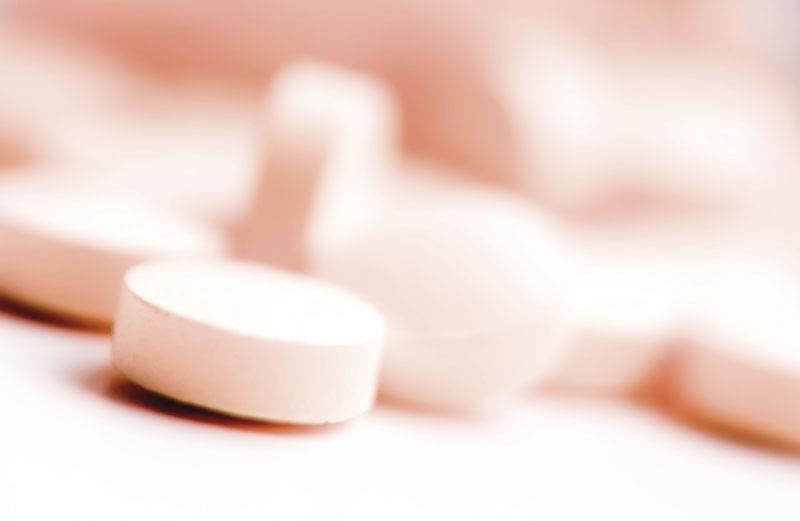
Prenatal exposure to metformin is associated with lower central haemodynamic and cardiac diastolic indices among children of obese mothers, a study has found.
A total of 151 children aged 3.9±1.0 years were included, of whom 77 had been exposed to metformin prenatally. No significant difference was seen in peripheral blood pressure, arterial stiffness, and body composition, except for gluteal and tricep circumference, which were lower in those exposed to metformin (p<0.05)
Children of obese mothers who were exposed to metformin, compared to placebo, had lower central haemodynamics (mean adjusted decrease, –0.707 mm Hg for aortic systolic blood pressure, –1.65 mm Hg for aortic pulse pressure, and –2.68 percent for augmentation index; pall<0.05) and lower left ventricular diastolic function (adjusted difference in left atrial area, –0.525 cm2; in isovolumic relaxation time, –0.324 msec; and in pulmonary venous systolic wave, 2.97 cm/s; pall<0.05).
No significant between-group differences were observed in metabolic profile.
“These results suggest that the administration of metformin in obese pregnant women potentially may have a beneficial cardiovascular effect for their offspring,” the investigators said.
This study measured body composition, peripheral blood pressure, and arterial pulse wave velocity in children from the Metformin in Obese Pregnant Women trial. An oscillometric device was used to estimate central haemodynamics (central blood pressure and augmentation index). Left ventricular cardiac function and structure were evaluated by echocardiography.
“Maternal obesity increases the risk for pregnancy complications and adverse neonatal outcome and has been associated with long-lasting adverse effects in the offspring, including increased body fat mass, insulin resistance, and increased risk for premature cardiovascular disease,” the investigators noted.